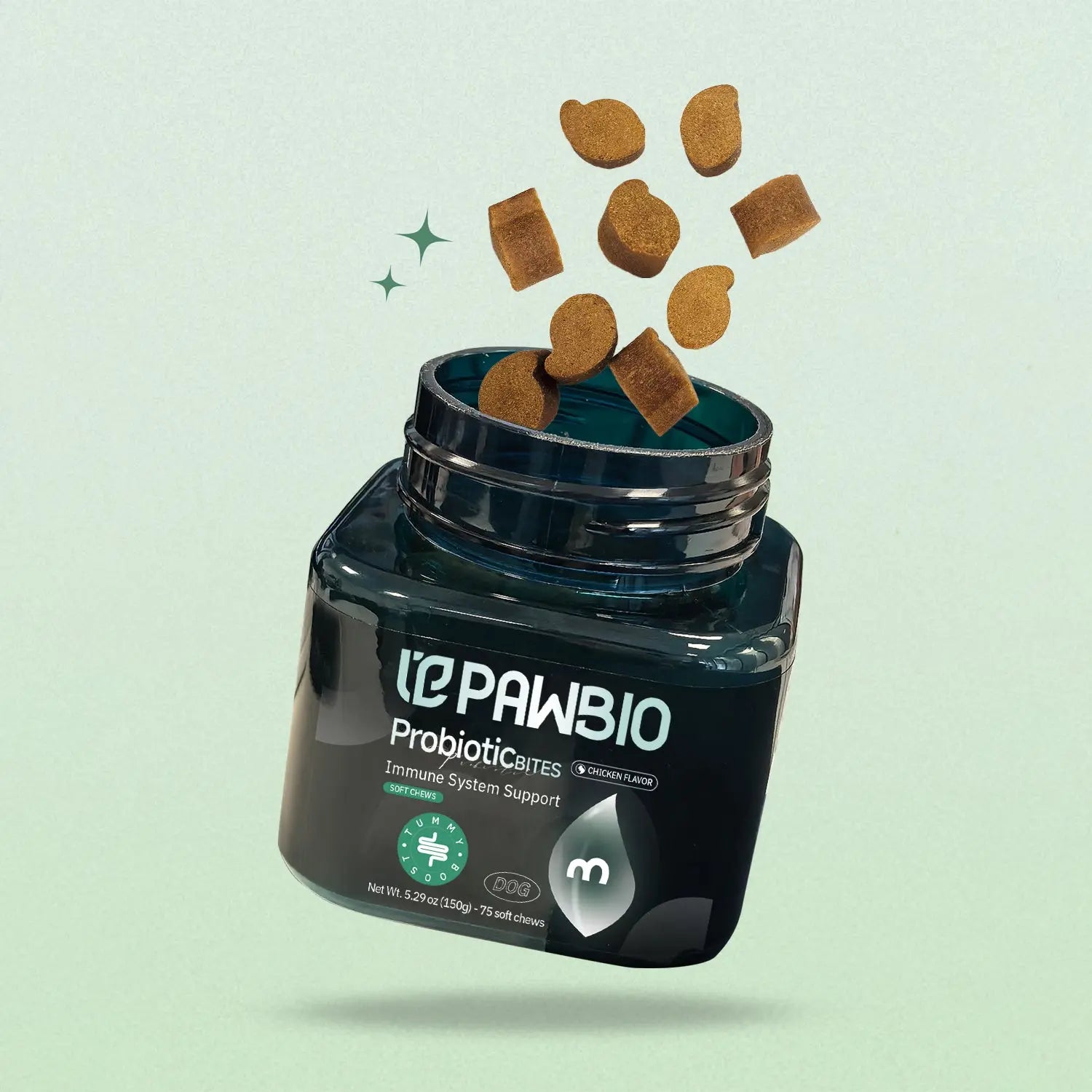By Dr.Jonathan Reed
Dog Breeds with the Worst Separation Anxiety – And What You Can Do About It

Why Are Some Breeds More Prone to Separation Anxiety?
10 Dog Breeds Commonly Affected by Separation Anxiety
-
Labrador Retriever – Friendly, loyal, and people-loving. Labs may bark, chew, or pace when left alone too long.
-
Border Collie – Highly intelligent and active. Without mental stimulation or companionship, anxiety can build up fast.
-
German Shepherd – Protective and bonded to their humans. They may become destructive or agitated in isolation.
-
Jack Russell Terrier – Energetic and curious, they hate boredom and thrive on company.
-
Toy Poodle – Very people-oriented and can feel abandoned if their routine is suddenly changed.
-
Bichon Frise – These cheerful fluffballs are known to struggle with alone time and may whine or bark excessively.
-
Cavalier King Charles Spaniel – Bred to be lap dogs, they form intense attachments and can panic when left alone.
-
Vizsla – Nicknamed “Velcro dogs,” they want to be with you 24/7.
-
Australian Shepherd – Working dogs that love jobs—and you’re their favorite task.
-
Havanese – Gentle and affectionate, they don’t cope well with long absences.
🐾 Note: Not all dogs of these breeds will develop separation anxiety, and mixed breeds can experience it too. Every dog is unique.
Signs Your Dog Might Be Anxious When Alone
-
Excessive barking or howling
-
Pacing, whining, or trembling
-
Accidents in the house
-
Chewing furniture or digging at doors
-
Trying to escape or follow you when you leave
How to Help Your Dog Cope
-
Start With Short Absences: Gradually build up your time away. Don’t make a big fuss when leaving or returning.
-
Create a Safe Space: Use a crate or a comfy room with their favorite toys, blankets, and calming sounds.
-
Keep Their Mind Busy: Puzzle toys, lick mats, and slow feeders can provide mental enrichment while you’re out.
-
Consider a Pet Supplement: Calming supplements, including those with L-theanine or probiotics for gut-brain support, may help some dogs regulate stress. Always consult your vet first.
-
Exercise Before You Go: A tired dog is a calmer dog. Try a brisk walk or play session before leaving.
-
Talk to a Professional: For severe anxiety, a certified dog trainer or veterinary behaviorist can help design a plan that works.
Show Them It's Okay to Be Alone
References
-
American Kennel Club. (n.d.). Separation anxiety in dogs. Retrieved from https://www.akc.org
-
American Veterinary Medical Association. (n.d.). Behavioral health resources for pet owners. Retrieved from https://www.avma.org
-
University of Illinois College of Veterinary Medicine. (2021). Understanding separation anxiety in dogs. Retrieved from https://vetmed.illinois.edu
-
Pet Partners. (n.d.). Helping pets with anxiety. Retrieved from https://petpartners.org












